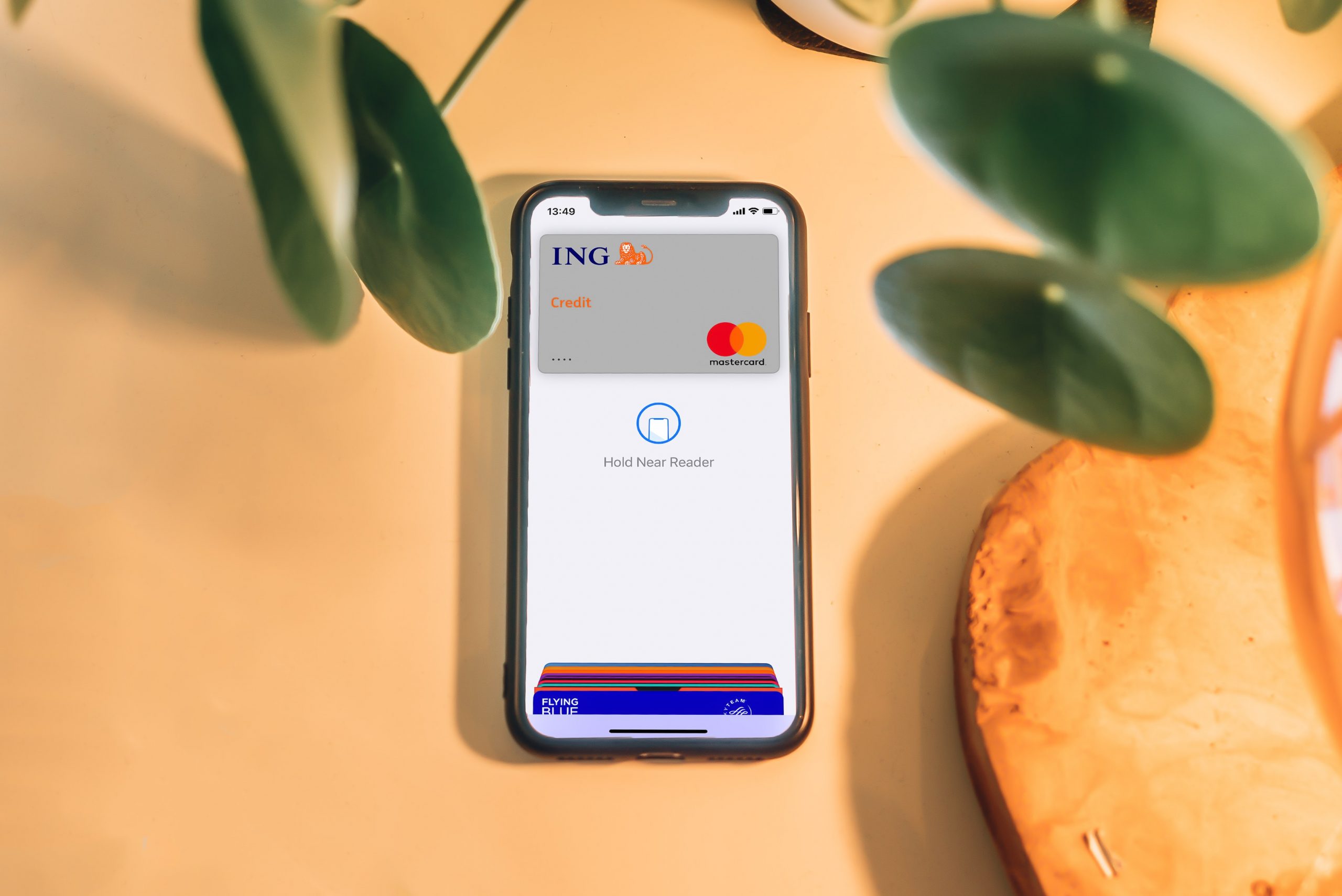
From Apple Pay to Apple Payment Processing: Accepting Payments on the iPhone Without Additional Hardware
Well, Steve Jobs created one hell of a company, that’s for sure. Apple continues to grow from strength to strength; over the past 2 decades, Apple has played a significant role in the technology sector. Payment processors are looking on in wonder.
So what’s next for the tech giant? In order to stay on the cutting edge of innovation, Apple is focusing more energy on digital payment processing.
That’s right, Apple has expanded its services and capabilities through the contactless payments technology, Apple Pay.
What Is Apple Pay?
Apple Pay lets users or consumers make purchases and payment transactions through their Apple devices. Instead of using a physical card, one can make payments from an iPhone or iWatch.
Apple Pay supports major debit and credit card providers like Mastercard, Visa, and American Express. The mobile payment system also supports the Apple card as well as U.S. Federal payment cards for veterans and Social Security.
Any Apple device was turned into a mobile wallet, so Apple Pay can be used in stores, restaurants, and establishments worldwide that support and accept cashless payments. In the United States, 75% of stores and restaurants accept Apple Pay, 85% in the UK, and 99% in Australia.
The non-contact payment technology was launched in 2014 and is currently available in 40 countries including America, the UK, Canada, Japan, Singapore, New Zealand, and Hong Kong. It is also compatible with iPhone 6 and newer models, iWatch series one and newer, iPad Pro, iPad Air 2, and newer.
New Payment Processing Feature on Apple Devices
With Apple Pay, merchants are required to put up their own physical POS terminal to process cashless payments. But now, an iPhone acts as the payment terminal itself without a hardware update. Apple users can continuously take advantage of cashless purchases and transactions without the need for additional hardware. The tap-to-pay feature will be available this spring through an IOS update.
From here, developers as well as low-risk and high-risk merchant account processors can then add this capability to their POS software to cater to the payment needs of iOS users.
The existing NFC chip will act as the payment transmitter down to the payment terminal. With the rapidly growing popularity of online transactions fueled by the global pandemic, the payment of goods and services will be more secure, convenient, and quick.
However, the soon-to-be added feature will only be available for iPhones Xs and the latest models according to an article published on the US News website. The feature will not be available on iPads.
What Does That Mean for Payment Processors?
It means that there is a new player in town and that innovation will be necessary. Over the coming years, Apple will make a bigger impact on payment processing in the low-risk sector and for small businesses.
High-risk merchants will still have to work with high-risk merchant payment processors to ensure that all payments are made effectively. It’s safe to assume that Apple will begin this new venture by focusing on low-risk or neutral businesses, leaving the high-risk businesses out for now.
And no shame on them, even after decades, many banks refuse to work with high-risk merchants or have established strict rules for businesses that fall into the high-risk category.
Some examples of high-risk industries include:
- CBD and marijuana products
- Adult entertainment and products
- Collection agencies
- Debt consolidation firms
- Debt relief businesses
- Moving brokers
- Nutraceutical products
Businesses within these niches will still seek out partnerships with high-risk merchant payment processors for the foreseeable future.
Are Apple Pay and Apple Payment Processing Secure?
Apple payment processing uses the tokenized infrastructure to replace the customer’s credit card details. During the payment processing setup, the customer’s card information is encrypted and sent to the Apple server, where the data is decrypted and the card issuer is identified.
The data is then re-encrypted by Apple with a key and a Device Account Number (DAN) is issued. That way, high-risk merchant account processors, merchants, and retailers do not have direct access to customers’ details.
Apple does not keep records of transaction information and debit or credit card details on its servers. However, most recent transactions are stored in the Apple Wallet app.
Plus, each Apple Pay transaction requires a face ID, passcode, or fingerprint to authorize every transaction, so one cannot make a payment unless you have the security passcode or ID.
I am passionate about delivering results and helping my clients succeed. With my expertise in SEO, branding, and marketing, I lead the agency’s efforts to create and implement effective strategies that drive business growth. Our all-inclusive approach sets us apart from other digital media companies and ensures that our clients receive the full range of services they need for online success. If you can think of it, we can build it!
Zulu Shack Creative team members thrive on momentum. Like Zulu warriors, we strive to spearhead your idea with speed and quality.
When I’m not helping my team implement new digital marketing strategies, I enjoy playing music, hosting poker nights, reading Stephen King novels, and spending time with my wife and baby daughter.
No Comments
Sorry, the comment form is closed at this time.



